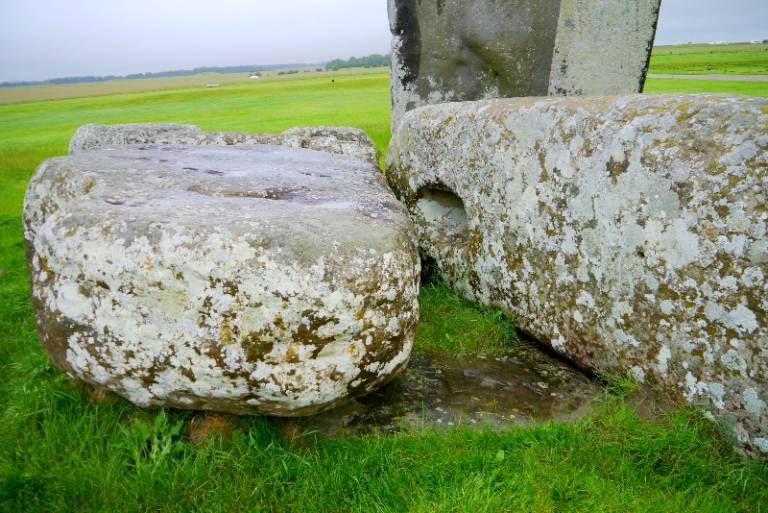
24 Dec Have Experts Cracked the True Purpose of Stonehenge?
Source Credit: Content and images from Artnet News. Read the original article - https://news.artnet.com/art-world/stonehenge-unity-purpose-new-study-2593485
Crowds gather biannually to watch Stonehenge mark the longest and shortest days of the year. Last week, as the winter solstice struck, British researchers released new insight into the enigmatic monument’s potential purpose, concluding a momentous year of scholarship with one more revelation.
According to their forthcoming paper in International Archaeology, Stonehenge may have also served a political purpose, offering native Brits a bit of unifying propaganda—at a historical moment where foreigners were arriving en masse.
University College of London archaeologist Michael Parker Pearson led the study, with help from Richard Bevins of Aberystwyth University. Both academics boast long histories studying Stonehenge. Four months ago, Scottish and Australian experts, including Bevins, made headlines with a paper claiming that Stonehenge’s oft-overlooked Altar Stone—one of its few components which lays prone—hails from northeast Scotland, more than 466 miles away from Salisbury Plain.
Bevins also participated in a paper that came out one month later, nullifying their previous guess that the 13,000-pound Altar Stone situated at the base of Stonehenge’s largest trilithon had hailed from Orkney Islands—if not Scotland.
Experts have already divined that Stonehenge may have served purposes both scientific (due to the site’s alignment with the stars) and religious (due to the many bodies found buried amongst it). This latest paper, which Bevins authored alongside Parker Pearson, encapsulates their ideas around the significance of the Altar Stone’s Scottish origins, proposing that that Stonehenge’s geographically disparate rocks intended to inspire British kinship.

The Altar Stone, beneath two bigger Sarsen stones. Photo: Professor Nick Pearce, Aberystwyth University.
Nine hundred stone circles abound throughout Britain. But, circles of stones lain down like the Altar Stone predominantly appear across northeastern Scotland, where compositional analyses evidenced that the Stonehenge’s Altar Stone is actually from. “There may have been close ties between the two regions,” a release for the new study stated. “The Altar Stone may have been brought as a gift from the people of northern Scotland to represent some form of alliance or collaboration.”
Stonehenge also remains the only stone circle across the island with pieces hailing from far-flung areas. “We’ve known for a while that people came from many different parts of Britain with their pigs and cattle to feast at Durrington Walls,” Parker Pearson added in the press release, “and nearly half the people buried at Stonehenge had lived somewhere other than Salisbury Plain.”
He and Bevins argue that the Altar Stone probably arrived at Stonehenge (after its arduous, puzzling journey) around 2500 B.C.E.—when Neolithic builders were at work placing Stonehenge’s large sarsen stones throughout its outer circle and inner horseshoe. The site’s bluestones, brought in from Wales, had been raised some 500 years earlier. Both additions still stand today.
Last week’s release pointed out that this era would have overlapped with a period of “increasing contact between the people of Britain and arrivals from Europe, mainly from what are today the Netherlands and Germany,” which could have actually sparked the renovations, as “a reaction to these newcomers.” No matter—the subsequent Beaker people who descended from these immigrants proliferated Britain, and adopted Stonehenge as their own.
Source Credit: Content and images from Artnet News. Read the original article - https://news.artnet.com/art-world/stonehenge-unity-purpose-new-study-2593485

